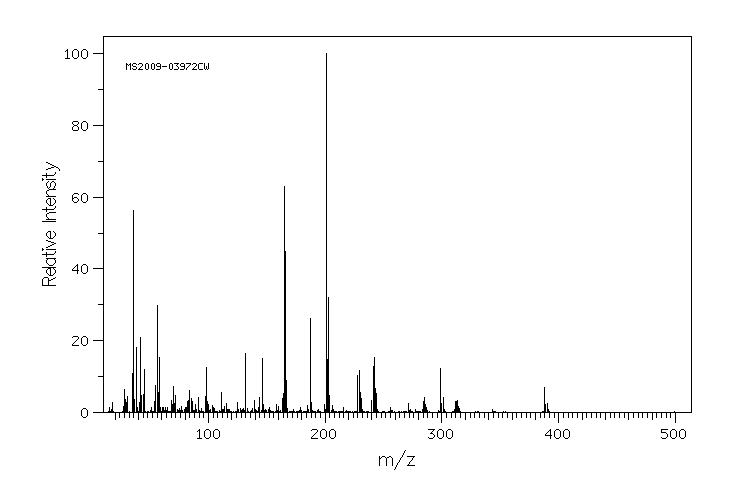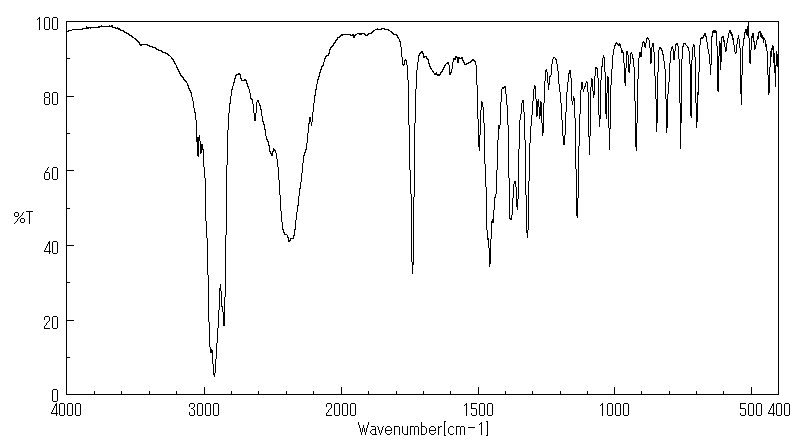毒理性
哺乳期使用概要:在哺乳期间,偶尔小剂量的西替利嗪是可以接受的。较大剂量或更长时间的使用可能会导致婴儿出现嗜睡和其他副作用,或者减少奶量,尤其是与伪麻黄碱等拟交感神经药联合使用,或在哺乳尚未稳定之前。国际指南建议,如果哺乳期间需要使用抗组胺药,西替利嗪是一个可接受的选择。西替利嗪在治疗哺乳期间持续乳房疼痛的病例中已成功使用。
母亲使用西替利嗪眼药水对哺乳婴儿的风险很小。为了显著减少使用眼药水后药物到达母乳的量,可以在眼角处对泪囊施加压力1分钟或更长时间,然后用吸收性纸巾去除多余的溶液。
对哺乳婴儿的影响:在一项电话随访研究中,母亲报告有10%的婴儿接触到各种抗组胺药后出现烦躁和肠绞痛症状,1.6%的婴儿出现嗜睡。所有反应均无需医疗注意。
一位正在哺乳(具体程度未说明)的新生儿母亲被用口服泼尼松龙25毫克/日治疗天疱疮,用药量在2周内增至60毫克/日。她还每天服用西替利嗪10毫克,并在病变处每天两次使用0.1%的丙酸倍他米松。由于反应不佳,将丙酸倍他米松改为0.05%的丙酸克伦贝松软膏。她在整个治疗期间继续哺乳,她的婴儿在8周龄及以后发育正常。
一位患有发作性睡病的女性在晚上10点和凌晨2点每晚服用4克硫酸羟砜,以及在整个孕期和产后每天服用20毫克氟西汀和5毫克西替利嗪。除了在晚上10点羟砜剂量后的4小时和凌晨2点剂量后的4小时外,她一直哺乳。她在每次服用羟砜前要么泵奶要么哺乳婴儿。婴儿在6个月大时开始添加固体食物,期间一直是纯母乳喂养或母乳喂养。婴儿在2、4和6个月时接受了儿童发展量表的评估,结果在正常范围内,婴儿的生长和儿科医生对婴儿生长和发展的临床印象也正常。
三名女性在哺乳5到6个月大的婴儿期间长期每天口服西替利嗪10毫克。这些母亲报告她们的婴儿没有出现不良反应。
对泌乳和母乳的影响:注射相对高剂量的抗组胺药可以减少非哺乳期女性和产后早期女性的基础血清催乳素。然而,哺乳诱导的催乳素分泌不受产后母亲抗组胺药预处理的影响。尚未研究口服较低剂量的西替利嗪是否对血清催乳素有相同的影响,或者催乳素的影响是否对哺乳成功有任何后果。对于已建立泌乳的母亲,催乳素水平可能不会影响她的哺乳能力。
◉ Summary of Use during Lactation:Small occasional doses of cetirizine are acceptable during breastfeeding. Larger doses or more prolonged use may cause drowsiness and other effects in the infant or decrease the milk supply, particularly in combination with a sympathomimetic such as pseudoephedrine or before lactation is well established. International guidelines recommend cetirizine as an acceptable choice if an antihistamine is required during breastfeeding. Cetirizine has been used successfully in cases of persistent pain of the breast during breastfeeding.
Ophthalmic use of cetirizine by the mother should pose little risk to the breastfed infant. To substantially diminish the amount of drug that reaches the breastmilk after using eye drops, place pressure over the tear duct by the corner of the eye for 1 minute or more, then remove the excess solution with an absorbent tissue.
◉ Effects in Breastfed Infants:In one telephone follow-up study, mothers reported irritability and colicky symptoms 10% of infants exposed to various antihistamines and drowsiness was reported in 1.6% of infants. None of the reactions required medical attention.
A woman who was nursing (extent not stated) her newborn infant was treated for pemphigus with oral prednisolone 25 mg daily, with the dosage increased over 2 weeks to 60 mg daily. She was also taking cetirizine 10 mg daily and topical betamethasone 0.1% twice daily to the lesions. Because of a poor response, the betamethasone was changed to clobetasol propionate ointment 0.05%. She continued breastfeeding throughout treatment and her infant was developing normally at 8 weeks of age and beyond.
A woman with narcolepsy took sodium oxybate 4 grams each night at 10 pm and 2 am as well as fluoxetine 20 mg and cetirizine 5 mg daily throughout pregnancy and postpartum. She breastfed her infant except for 4 hours after the 10 pm oxybate dose and 4 hours after the 2 am dose. She either pumped breastmilk or breastfed her infant just before each dose of oxybate. The infant was exclusively breastfed or breastmilk fed for 6 months when solids were introduced. The infant was evaluated at 2, 4 and 6 months with the Ages and Stages Questionnaires, which were withing the normal range as were the infant's growth and pediatrician's clinical impressions regarding the infant's growth and development.
Three women taking long-term cetirizine 10 mg daily by mouth while exclusively breastfeeding their 5- to 6-month old infants. The mothers reported no adverse effects in their infants.
◉ Effects on Lactation and Breastmilk:Antihistamines in relatively high doses given by injection can decrease basal serum prolactin in nonlactating women and in early postpartum women. However, suckling-induced prolactin secretion is not affected by antihistamine pretreatment of postpartum mothers. Whether lower oral doses of cetirizine have the same effect on serum prolactin or whether the effects on prolactin have any consequences on breastfeeding success have not been studied. The prolactin level in a mother with established lactation may not affect her ability to breastfeed.
来源:Drugs and Lactation Database (LactMed)








